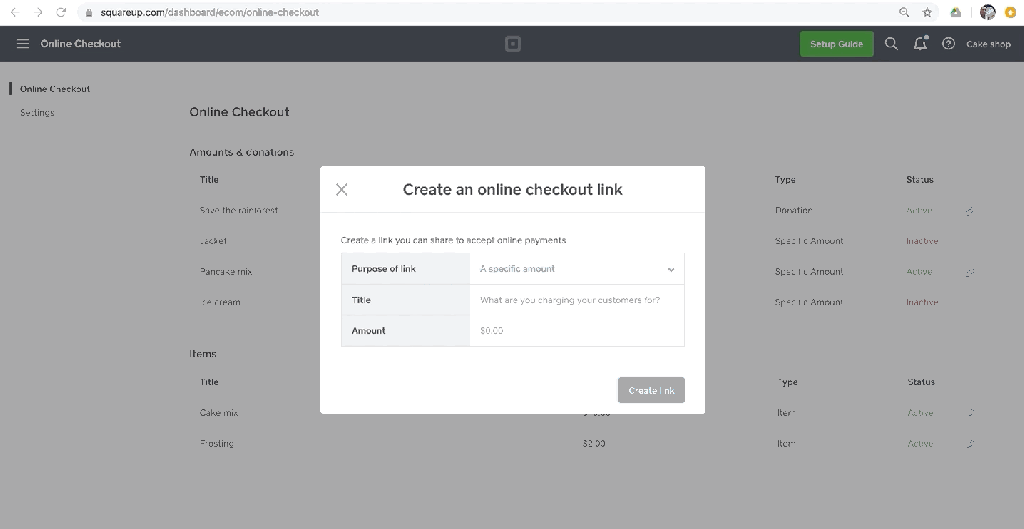Square is introducing a new payment tool designed for small businesses looking to rapidly transition to ecommerce.
With billions of people around the world forced to adhere to lockdown and social distancing measures driven by the COVID-19 crisis, this has led to a sizable uptick in people buying things online. Whether this trend represents a permanent shift from the status quo or a temporary blip due to shelter-in-place policies is up for debate. But with the entire retail industry facing significant headwinds for the foreseeable future, if ever there was a time to embrace ecommerce, it would be now.
With Square Online Checkout, the payments processor is looking to capitalize on this shift by offering companies an easier way to accept online card payments — this works on any website, social media profile, instant messaging app, or even SMS.
Crucially, this sees Square challenge PayPal more directly in the online payments sphere.
VB Transform 2020 Online – July 15-17: Join leading AI executives at the AI event of the year. Register today and save 30% off digital access passes.
How it works
Sellers not already using Square can sign up to Online Checkout, and from the dashboard they can create a link for any goods or service that they want to accept payment for — this could be cake-baking or an online fitness class — and give the link a title and a corresponding dollar amount.


Above: Square Online Checkout dashboard
From the dashboard, sellers can copy the link and paste it into an email, WhatsApp message, Instagram bio, or anywhere else.


Above: Square Online Checkout link in a social media bio
Alternatively, they can save the link as a button, customize it, and embed it on any website or blog. The text on this button can be tweaked so that if someone is looking for a donation rather than a sale, it could read “Donate Now” instead.


Above: Square Online Checkout: Embeddable button
With Online Checkout, Square is catering to all manner of business, regardless of whether they want a Square-powered website — or any website, for that matter. An online fitness instructor who is temporarily giving classes over Zoom might not have any desire to create an entire online store, so a solution such as this could work well. In terms of fees, Square charges 2.9% + $0.30 per transaction.
Options
There are plenty of other ways to accept online payments, of course, but Square is pitching Online Checkout as a friction-free way of accepting online payments. The end-user doesn’t have to have a PayPal account, for example, and the merchant may not even want to offer PayPal anyway.
There are comparisons to be made here with Stripe Checkout too. However, Square’s incarnation seems to be a simpler, low-tech option for those looking to accept payments on the fly, similar to PayPal, except here, all the buyer needs is a name, email address, and credit card number to complete the transaction.
It is worth noting that Square Online Checkout also offers Apple Pay and Google Pay as options, though what you see will very much depend on the browser and device that you’re using. For example, iPhone users will only see Apple Pay as an option.


Above: Checkout powered by Square
While Square is perhaps better known for point-of-sale software and devices that allow offline merchants to easily accept card payments, it has been pushing deeper into the online realm in recent years. Last year, for example, Square partnered with courier network Postmates to bring on-demand deliveries to more restaurants and retailers. Square also allows businesses to set up their own online store — powered by Square’s payment tools, of course.
In many ways, Square has taken the opposite journey to that of PayPal, which began life as an online payments company before transitioning into offline payments over the past decade. Square, meanwhile, was already acutely aware of the need to support online retailers as its recent activities show — COVID-19’s impact on brick-and-mortar merchants merely underscores the need to double down on these efforts.
